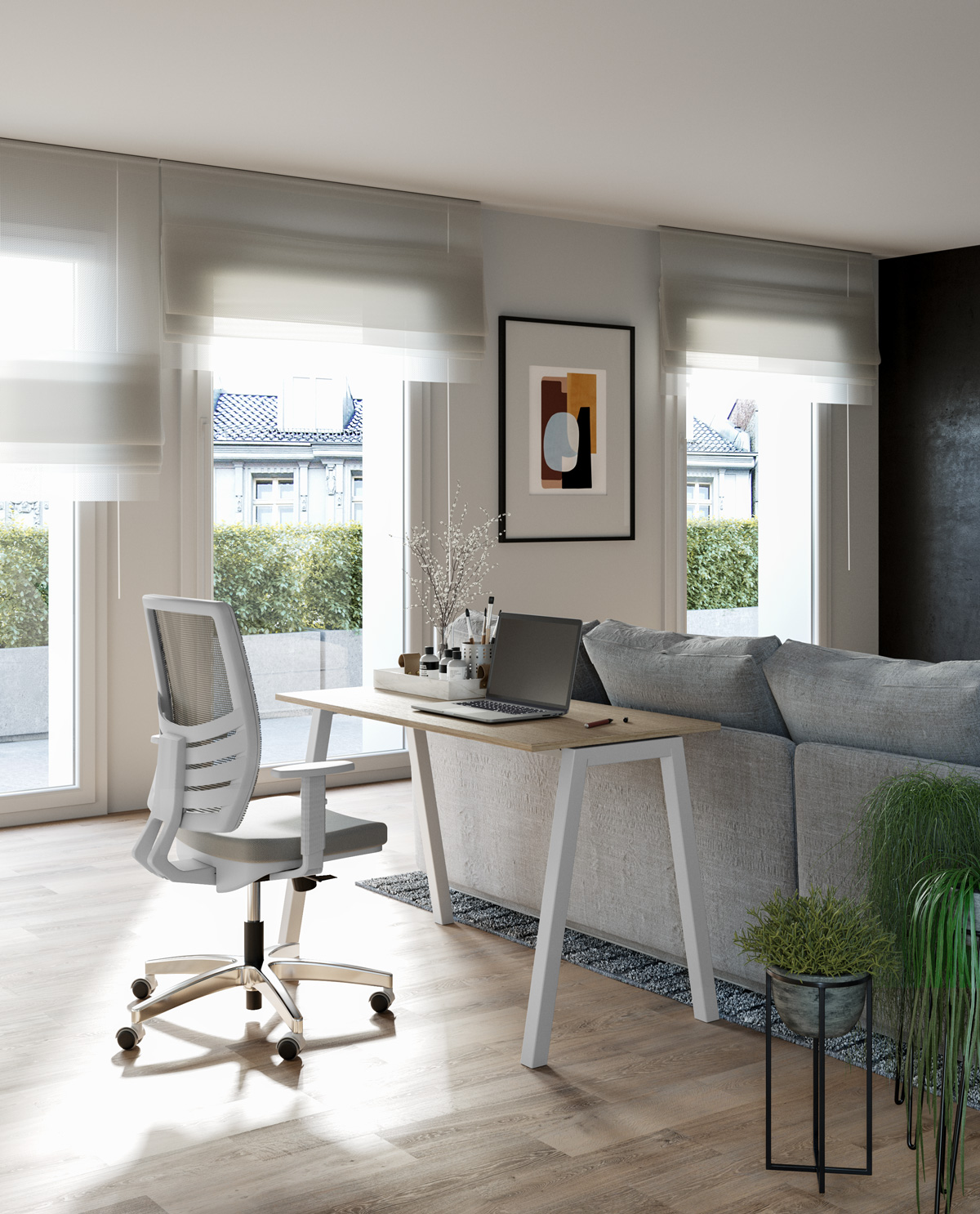The environment and smart working are words connected by a special relationship. People who work from home are doing their bit in the battle for the ecosystem by helping to reduce pollution linked to transport. And the environment is returning the favour, because of increasing opportunities for agile workers to benefit from contact with nature, free of close constraints of place and time, and that is good for mental and physical well-being.
In Japan, cases of burn-out from overwork, which plague the big companies of the Land of the Rising Sun, have for decades been treated with a combination of remote working and “forest baths”. You spend a few hours walking around among the trees, touching the bark, concentrating on the sounds of nature and enjoying the peace and quiet. The results are tangible, bringing improvements that even affect the immune system.
Catching up on our debt with the environment
We evolved to live outdoors, but the US Environmental Protection Agency estimates that homo digitalis nowadays spends 93% of his time indoors. And the recent lockdown has certainly not improved the balance. To get out in the open air a little more, you don’t need a forest right on your doorstep. Just use your car less often or, if you use public transport, get off a few stops early and walk. There are greater possibilities if you work from home. The New York Times claims that you can improve mood and performance in your working day in one fell swoop, with a smart alternation of desk-bound activities and mini-walks.
Home working in the sunlight
People who work from home have the advantage of being able to create a workspace “as nature dictates” without depending on other people’s choices. Starting with lighting. Exposure to natural light is one of the most important and least-considered corporate benefits. Studies confirm that placing your desk near a window or choosing light bulbs with a spectrum similar to sunlight has a direct effect on mental and physical well-being and productivity.
At home with an air of superiority
Another positive is air quality. In large offices, you often work in a “sealed off” environment with ventilation systems that do not always effectively filter pollutants and volatile compounds. At home, you can just open a window to get some fresh air in. Simply airing a work environment boosts the well-being of workers, which according to Harvard University increases productivity by up to 8%. Other things you can do to improve the environmental quality of your home office is to use plants to purify the air indoors. Help is at hand from plants that clean the air we breathe. Ficus Benjamin can remove large quantities of formaldehyde from the room, or there’s Ivy which, unlike Ficus, needs no special care and removes formaldehyde from the air too.

Home office, naturally
The last, but not least important feature of a nature-friendly workspace is the furniture, the ultimate link between your home office and the outdoors in the choice of colours and materials. In the home office, freedom of choice means you can opt for office chairs that ensure good posture respecting ergonomic principles, with an adjustable height and tilt backrest and armrests to support your forearms, and choose good quality, certified desks to eliminate the risk of inhaling volatile substances. It is important that wood and any derived products come from sustainably managed forests.
Setting up a “green” home office means focussing on technology and using pcs, tablets, projectors, smartphones and databases to share digital documents and use less paper. Switch off devices that are not in use or at least leave them on stand-by. Make a conscious effort to recycle materials to lower costs and help the environment by choosing cleaning products that are kind to nature, biodegradable and free from harmful substances.
After being so generous with us, Mother Nature deserves some thanks.

